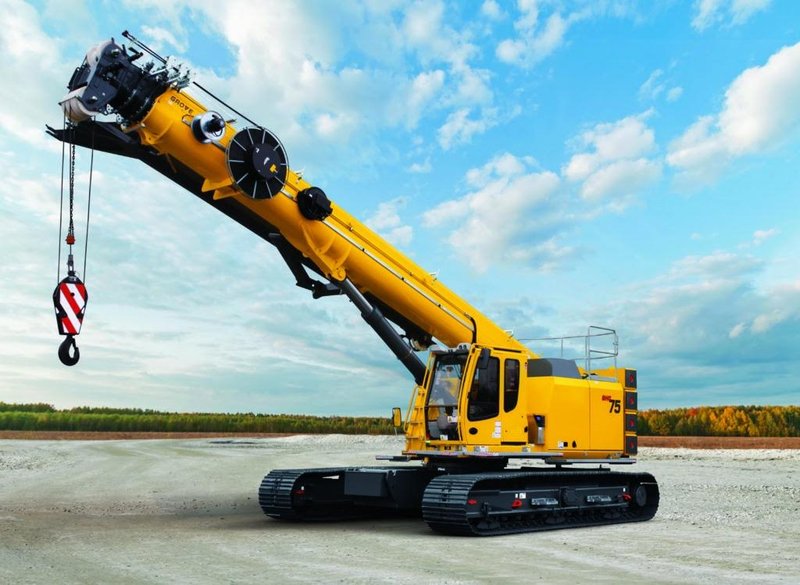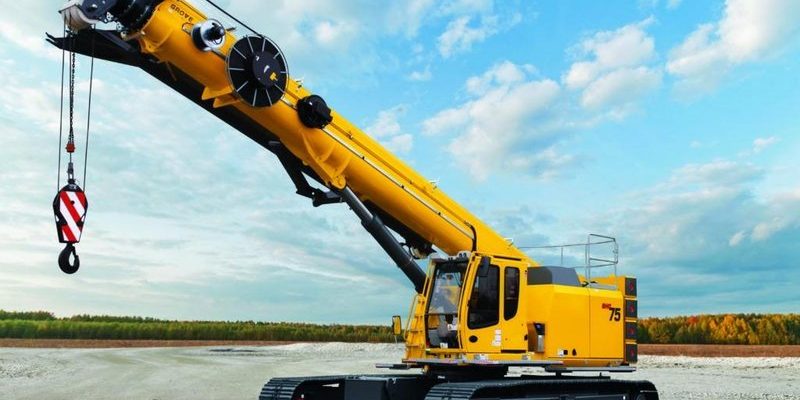
Let’s dive into the world of cranes and explore what’s happening with these beautiful birds. You might be wondering why it matters to you or anyone else. Well, the health of crane populations often reflects the state of our ecosystems. Think of them as nature’s indicators, giving us vital clues about the environment we share with them. So, grab a cup of coffee, and let’s take a closer look at the status of cranes!
Understanding Threatened vs. Endangered Species
Before we talk specifically about cranes, it’s important to understand what it means for a species to be threatened or endangered. These terms are used by conservation organizations to categorize the level of risk that a species faces.
– Threatened species are likely to become endangered in the near future. They might be experiencing declining populations but are not critically close to extinction yet.
– Endangered species, on the other hand, are at a much higher risk. Their numbers have dropped significantly, and they face a serious threat of extinction if things don’t change.
So, when we discuss cranes, we need to look closely at their populations and habitats. Not all cranes are in the same boat, and their conservation status can vary greatly depending on specific species and regions.
The Global Status of Cranes
There are about 15 different species of cranes worldwide, each with its own unique characteristics and habitat preferences. Some thrive in wetlands, while others prefer open grasslands or agricultural fields. Unfortunately, many crane species face declining populations due to habitat loss, hunting, and climate change.
According to the International Union for Conservation of Nature (IUCN), several crane species are classified as threatened. For instance, the Siberian Crane is critically endangered, and the Whooping Crane is also on the endangered list. This means that very few of these cranes are left in the wild, and aggressive conservation efforts are needed to save them.
If you’re curious about which species are thriving, the Common Crane is doing better overall, but this doesn’t mean we can ignore the challenges they face. Even healthier species need our attention to ensure their habitats remain intact.
Key Threats Facing Cranes
Let’s talk about what is putting cranes at risk. Understanding these threats can help us figure out how to protect them. Here are some of the most significant challenges:
- Habitat Loss: Urban development, agriculture, and industrial activities have reduced the wetland and grassland areas that cranes depend on. Without their natural habitats, cranes struggle to find food and nesting sites.
- Climate Change: Changes in temperature and weather patterns can disrupt migration routes and breeding cycles. For instance, if wetlands dry up or become too flooded due to climate change, cranes won’t have the right environment to thrive.
- Hunting and Poaching: In some regions, cranes are hunted for sport or consumed as food. While regulations exist, illegal hunting still happens, further threatening their populations.
By addressing these threats, conservationists aim to give cranes a fighting chance to thrive once more.
Conservation Efforts for Cranes
Luckily, there’s hope! Many organizations and local communities are stepping up to protect crane populations. These conservation efforts involve a mix of strategies aimed at preserving their habitats and helping their populations recover. Here’s how they’re making a difference:
1. Habitat Restoration: Efforts are underway to restore wetlands and grasslands where cranes live. This means planting native vegetation and ensuring that water levels are suitable for nesting and feeding.
2. Education and Awareness: Raising awareness about the importance of cranes and their ecosystems is key. Schools, local communities, and online platforms are used to educate people about the role cranes play in biodiversity.
3. Regulation and Protection: Strict laws are enacted to protect crane species from hunting and poaching. Many countries have designated protected areas where cranes can live without the threat of human interference.
4. Captive Breeding Programs: For critically endangered species, breeding them in captivity is a last resort. These birds are raised and then released back into the wild to boost population numbers.
These efforts show that we can make a difference, and many cranes are slowly recovering thanks to dedicated conservationists.
The Role of Local Communities in Crane Conservation
Local communities play a crucial role in crane conservation. People living near crane habitats often have the most at stake. When they understand the value of these birds, they can become passionate advocates for their protection.
– Sustainable Tourism: In some areas, ecotourism centered around crane watching can bring money to local communities. This encourages them to protect cranes rather than exploit their habitats.
– Community Engagement: Many conservation initiatives involve local people in monitoring crane populations and habitat health. This not only empowers communities but also creates a shared responsibility for preserving nature.
When communities are involved, conservation becomes a collective effort. They can lead the charge in protecting the very birds that enrich their environments and lives.
How You Can Help Cranes
Now that you know about the challenges cranes face and the efforts to protect them, you might be wondering how you can pitch in. Here are a few simple ways to make a difference:
– Support Conservation Organizations: Donating or volunteering with groups dedicated to crane conservation can go a long way. Even small contributions can help fund important projects.
– Spread Awareness: Talk about cranes with friends and family. The more people know, the better the chances for future generations of these magnificent birds.
– Visit Nature Reserves: If you have a chance to visit wetlands or parks that are home to cranes, do it! Your support helps these places thrive, and you get to enjoy the beauty of nature at the same time.
Every action counts, and when combined, they create a powerful force for change.
A Bright Future for Cranes?
As we wrap up our discussion, you might be wondering what the future holds for cranes. Honestly, it’s a mix of challenges and hope. While many species face serious threats today, the good news is that through concerted efforts, there’s potential for recovery.
Conservation efforts are picking up momentum, and local communities are becoming engaged. By creating awareness and taking action, we can help ensure that these stunning birds remain a part of our ecosystems for years to come. So next time you see a crane, remember that it’s not just a bird; it’s a symbol of resilience and elegance that deserves our protection.
In conclusion, while some cranes are indeed endangered or threatened, there’s still hope. With the right actions, we can work together to support these beautiful birds and their habitats. So let’s roll up our sleeves and get involved—cranes are counting on us!

